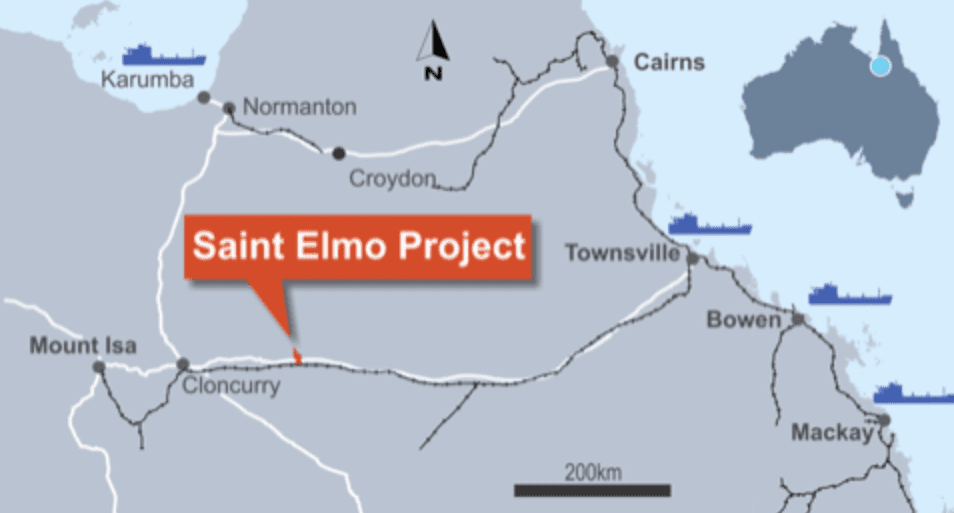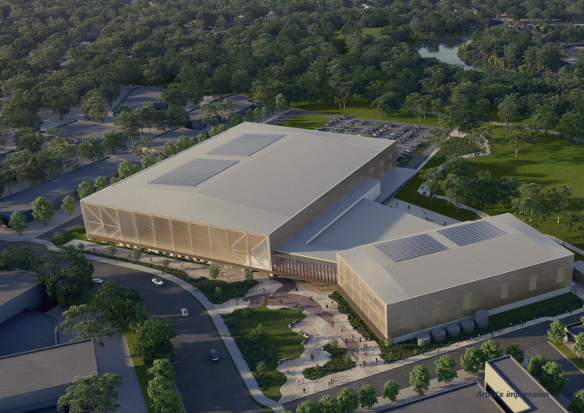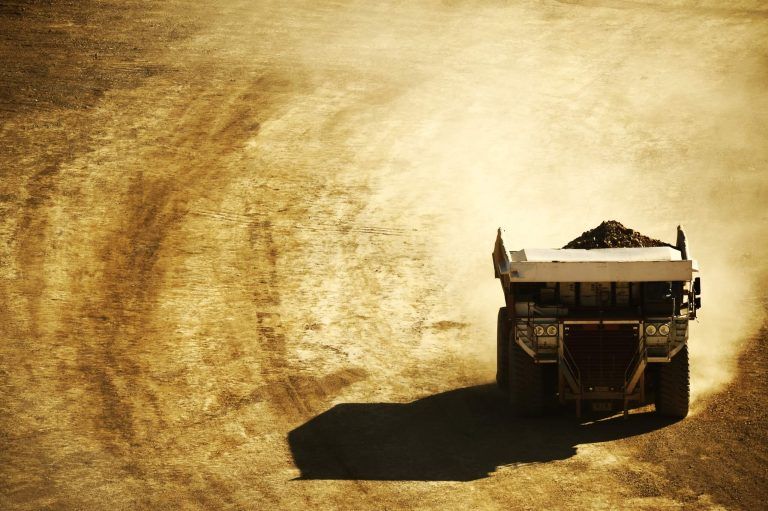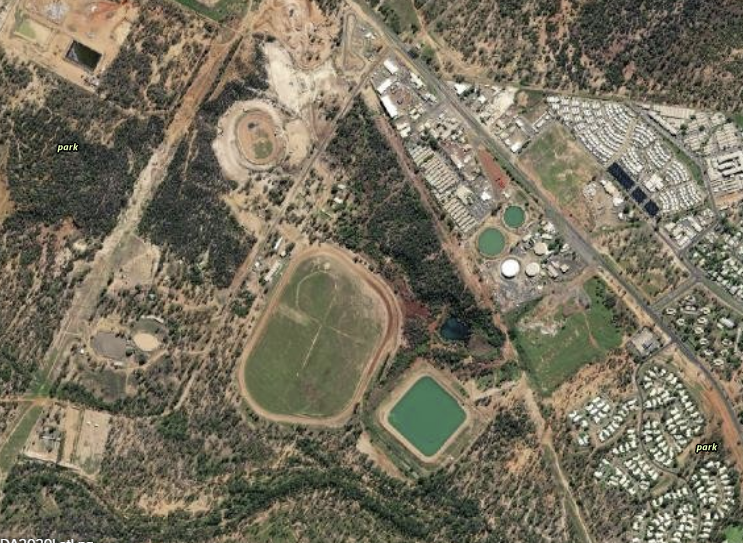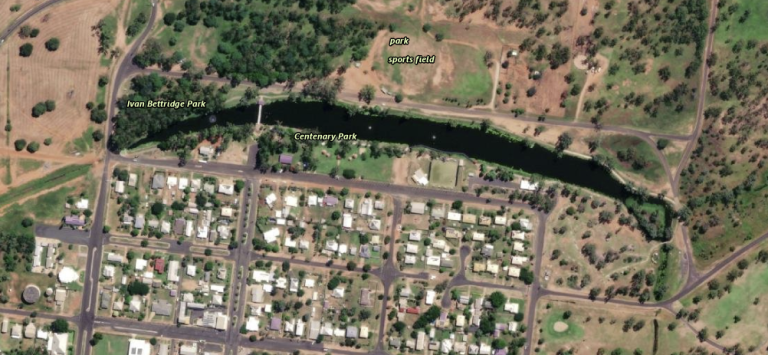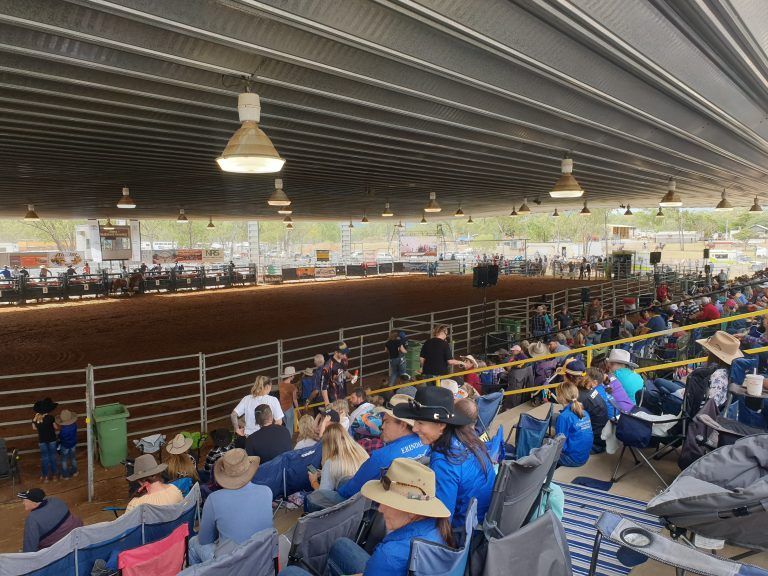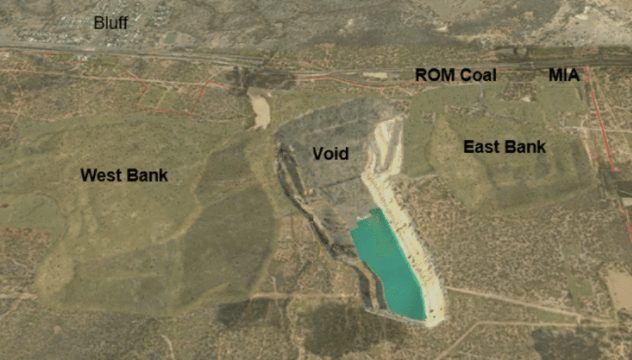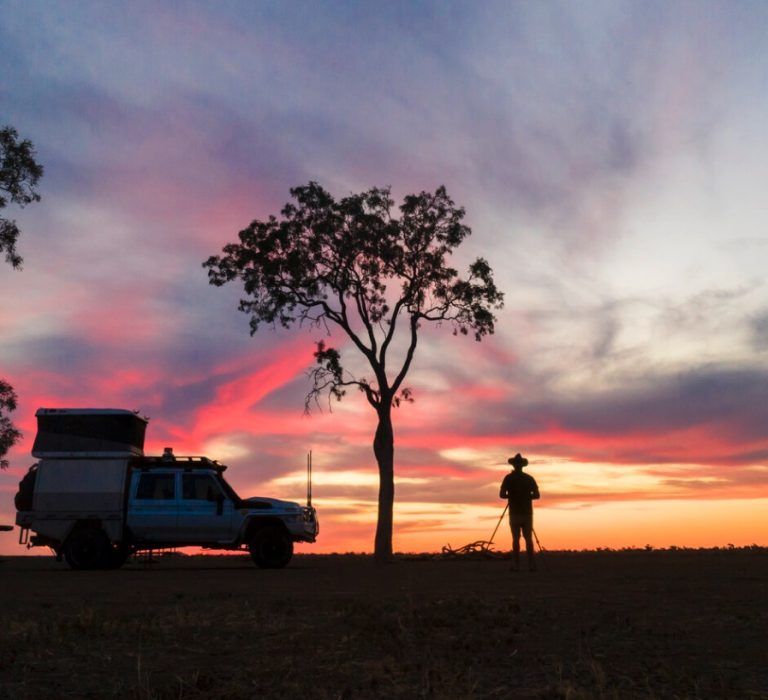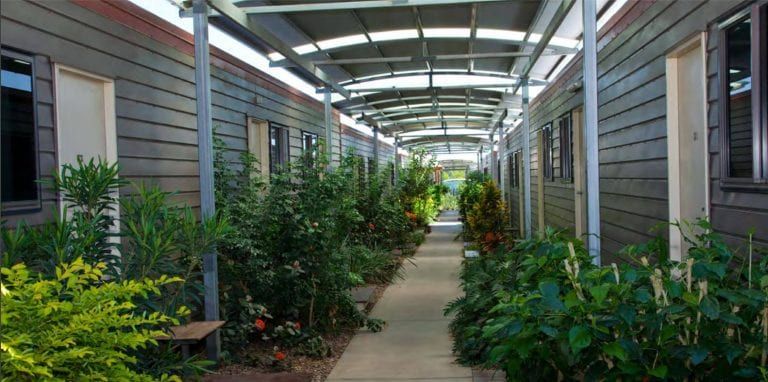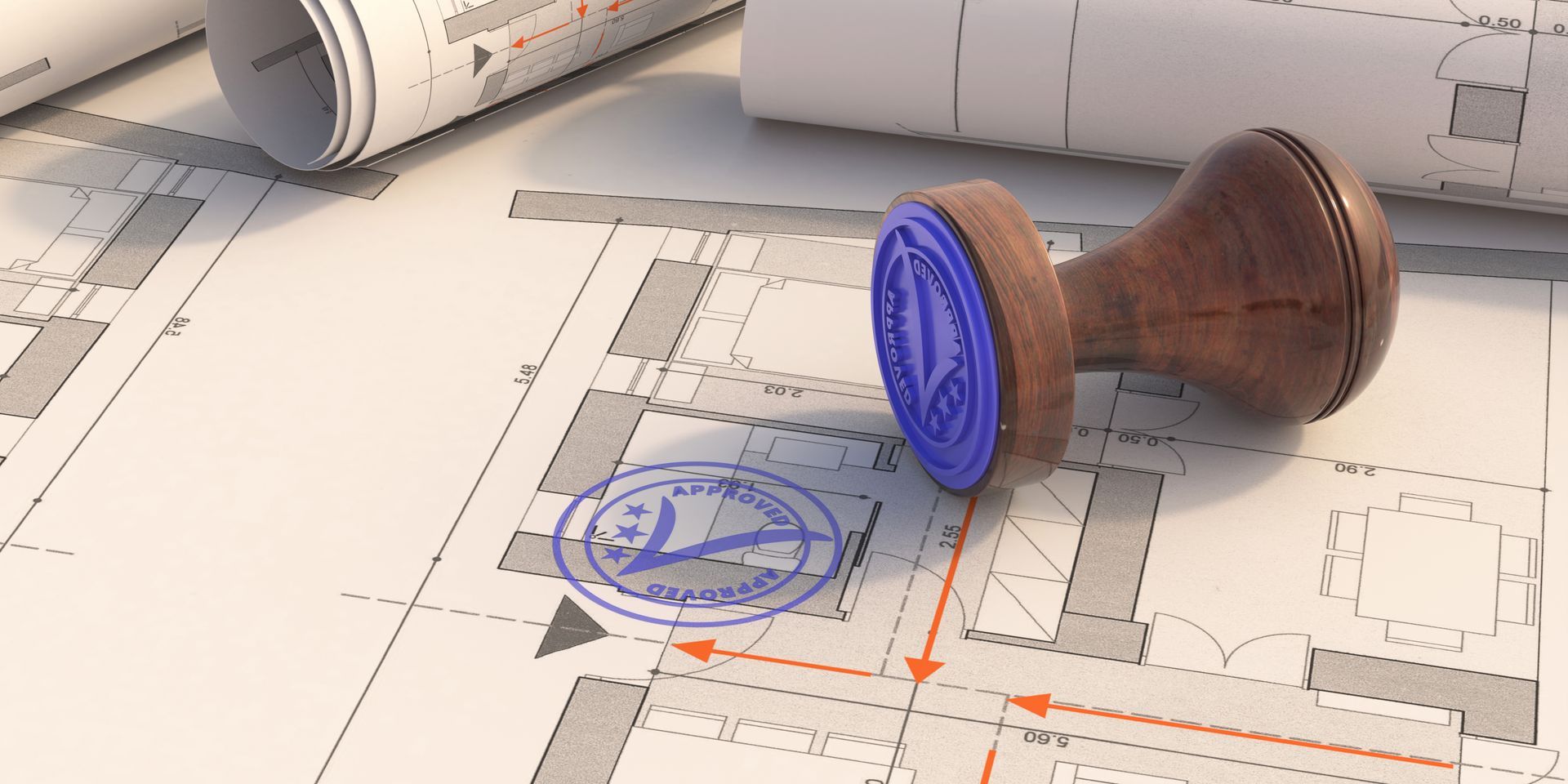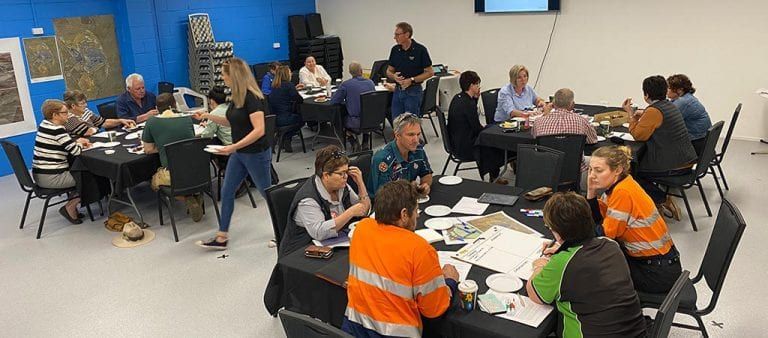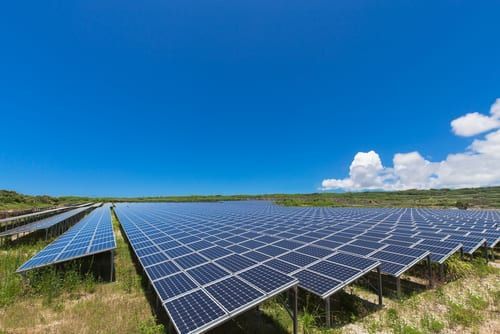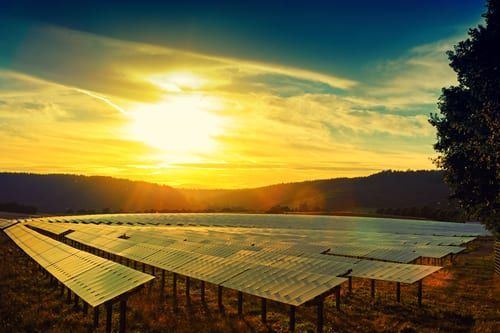Our Projects
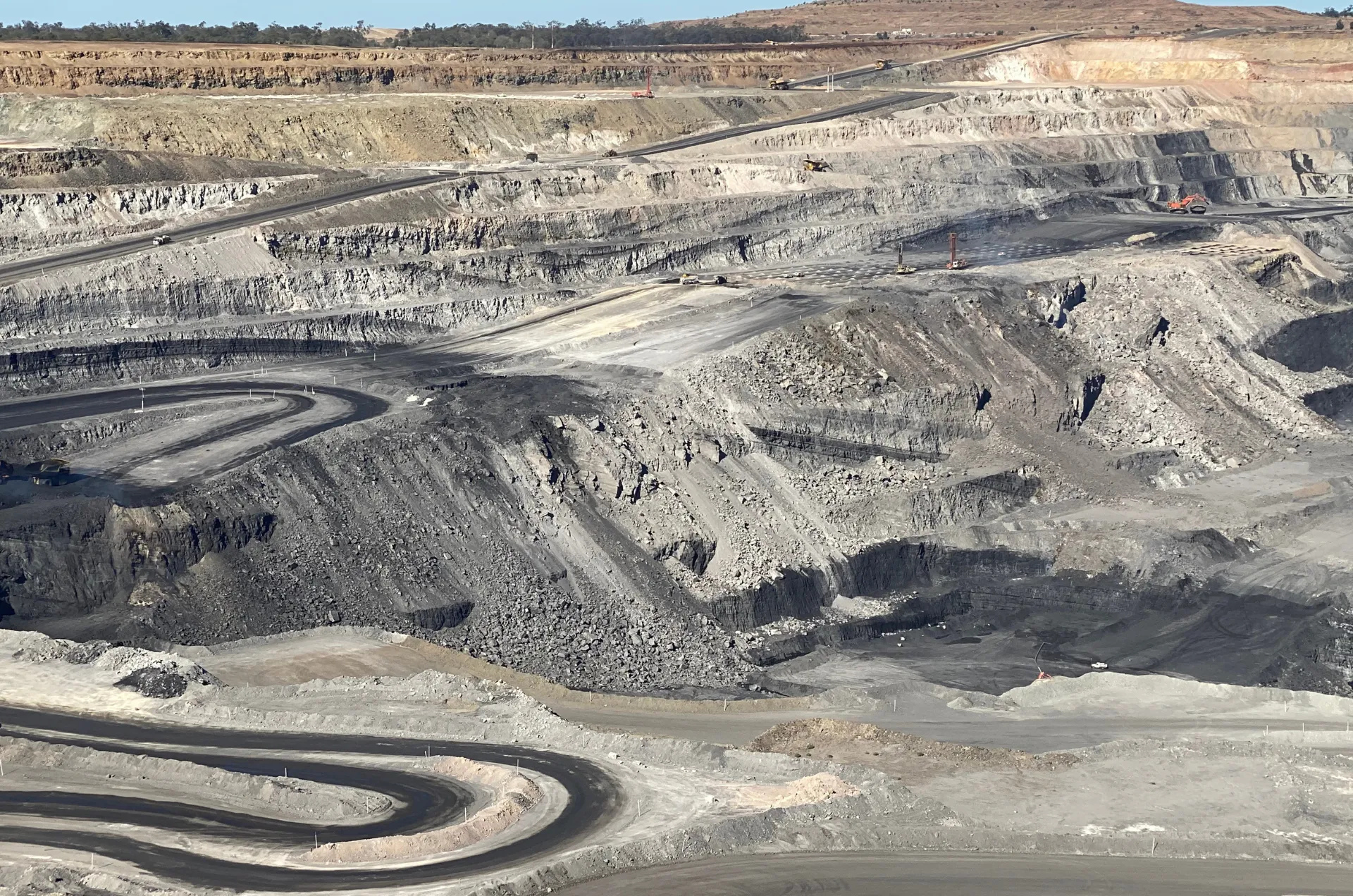
Wall Planning Group (WPG) is working with Glencore to develop a Social Impact Management Plan (SIMP) for the Clermont Mine Closure Preparedness Project. This work builds upon WPG’s earlier Social Impact Assessment (SIA) for the Clermont Mine, ensuring that insights, data, and recommendations collected during the SIA are carried through into a practical, forward-focused management plan. Mine closures present significant challenges for communities that are economically reliant on large-scale resource projects. For Clermont and surrounding Central Queensland communities, the closure of the mine represents a major shift in local employment, economic activity, and community identity. The SIMP Provides Glencore with a Framework to: Mitigate the negative impacts of mine closure on the Clermont community and workforce. Identify and enhance opportunities for positive impacts, such as skills transition, economic diversification, and community-led initiatives. Engage openly with stakeholders to ensure concerns are addressed and opportunities realised. Support sustainable social and economic outcomes beyond the life of the mine. Key Findings & Recommendations WPG’s approach recognises the importance of sustainable business practices in achieving both social and political licence to operate. The SIMP emphasises proactive engagement with stakeholders, targeted mitigation strategies, and investment in initiatives that support long-term resilience for Clermont and the surrounding region. Outcome & Impact By integrating sustainability into mine closure planning, WPG is helping Glencore reduce risks and achieve stronger community and stakeholder outcomes. The SIMP provides a roadmap for balancing business, environmental, and social considerations, ensuring that Clermont’s community can continue to thrive long after mining operations have ceased.

Wall Planning Group (WPG) is proud to have been involved in the preparation of a Social Impact Assessment (SIA) for a renewable energy (wind farm) project at Moah Creek in Central Queensland. As Australia continues its transition to renewables, projects such as this highlight the importance of understanding and managing the social implications of new energy infrastructure. Scope of the Social Impact Assessment With a strong history of working alongside renewable energy companies, WPG combined its experience in the sector with an in-depth understanding of Central Queensland communities. The Moah Creek Wind Farm Project engaged WPG to undertake the SIA as a requirement of government regulations and to help guide the project’s design and delivery. The SIA Process Involved: Assessing the communities of the Rockhampton region situated in close proximity to the project. Combining baseline statistical data with researched knowledge of the community context. Identifying both positive opportunities and potential risks associated with the project. Providing recommendations to ensure risks are mitigated while community benefits are maximised. Key Findings & Recommendations The analysis provided insight into the local community’s values, needs, and expectations regarding renewable energy development. WPG identified potential social risks that could arise during construction and operation, as well as opportunities for local economic participation, regional investment, and community engagement. Practical management measures were recommended to reduce risks and strengthen positive outcomes. Outcome & Impact The SIA gave the Moah Creek Wind Farm Project a strong social foundation to progress through the approval process while ensuring alignment with both government requirements and community expectations. By delivering quality data and meaningful insights, WPG supported the project in balancing renewable energy goals with sustainable, community-focused outcomes.

Wall Planning Group (WPG) was proud to be involved in the preparation of a Social Health and Impact Assessment (SHIA) for the proposed Hotel (Tavern) and Shop (Liquor Store) at Park Ridge. The SHIA was prepared in support of the Community Impact Statement required for the Gaming Licence Application and in line with Council’s Liquor and Gaming Policies. Town Planning Alliance engaged WPG to provide specialist expertise in assessing the social health implications and community impacts of the proposed development. The outcome of this project was approval from Logan City Council. The SHIA Process Involved: Identifying and profiling the local community through statistical analysis. Conducting engagement activities to understand community values and perspectives. Assessing known and potential positive opportunities, such as economic and social benefits. Identifying potential negative impacts, particularly relating to health and wellbeing, and recommending mitigation strategies. Providing evidence-based recommendations to support decision-making and ensure alignment with community expectations and policy requirements. Key Findings & Recommendations The assessment identified both opportunities and risks associated with the proposed development. While the project was recognised for its potential to contribute to the local economy and provide additional community amenities, the SHIA also highlighted the importance of managing potential negative health and social impacts linked to alcohol service and gaming. WPG provided clear strategies to mitigate risks while maximising the positive benefits for the Park Ridge community. Outcome & Impact The SHIA supported the project’s compliance with statutory requirements while demonstrating a proactive, community-focused approach to impact management. By balancing opportunities with appropriate safeguards, the project was positioned for successful integration within the community and provided a strong foundation for future decision-making regarding licensing and development approval.
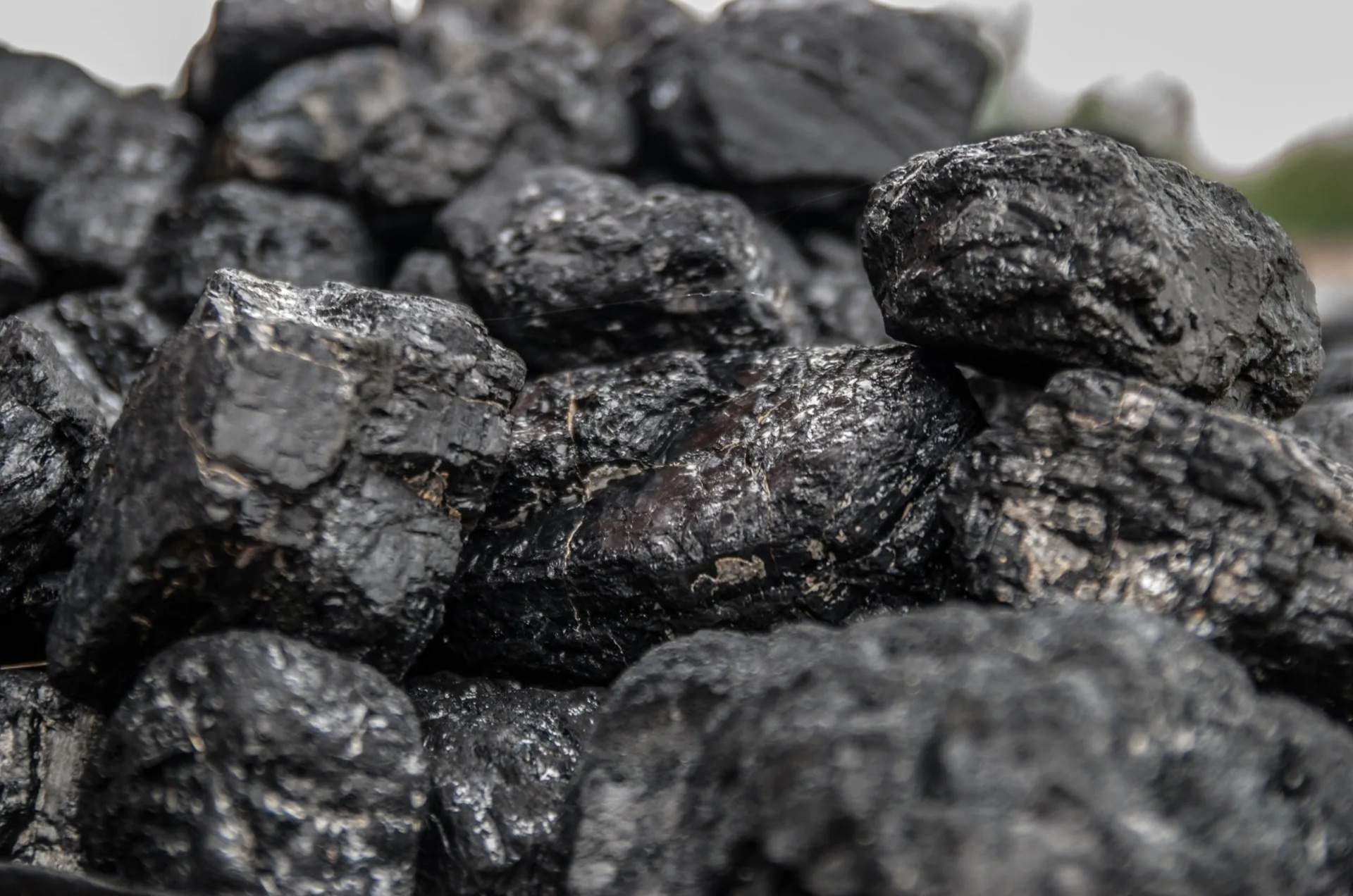
Wall Planning Group (WPG) is proud to have been involved in the preparation of a Social Impact Assessment (SIA) for the Isaac River Coking Coal Project located in Central Queensland. The project, led by Bowen Coking Coal Ltd (BCC), required an SIA in response to a formal request for information issued by the Department of Environment and Science and the Isaac Regional Council. Scope of the Social Impact Assessment Our team at WPG undertook a thorough review of baseline demographic and social statistics and conducted community and stakeholder engagement to assess the potential impacts of the project. The assessment identified key positive and negative social effects associated with the development and formulated practical management strategies to address them. Key Findings & Recommendations The SIA highlighted several areas where the project could contribute positively to the local economy through employment and business opportunities. However, it also identified risks such as pressure on housing and services, and the need for continued, transparent stakeholder communication. WPG provided BCC with: Targeted management recommendations to mitigate negative impacts; Insight into future opportunities for community benefit; A framework for ongoing stakeholder and community engagement aligned with best practices. Outcome & Impact Beyond fulfilling regulatory requirements, the SIA helped inform BCC’s planning and engagement strategies for the project. The insights gained from this process positioned BCC to manage social risks more effectively and to foster stronger relationships with the surrounding communities. This case study highlights WPG’s strength in delivering clear, evidence-based social planning insights that empower project proponents to achieve compliance, manage risk, and build social licence in regional Queensland.
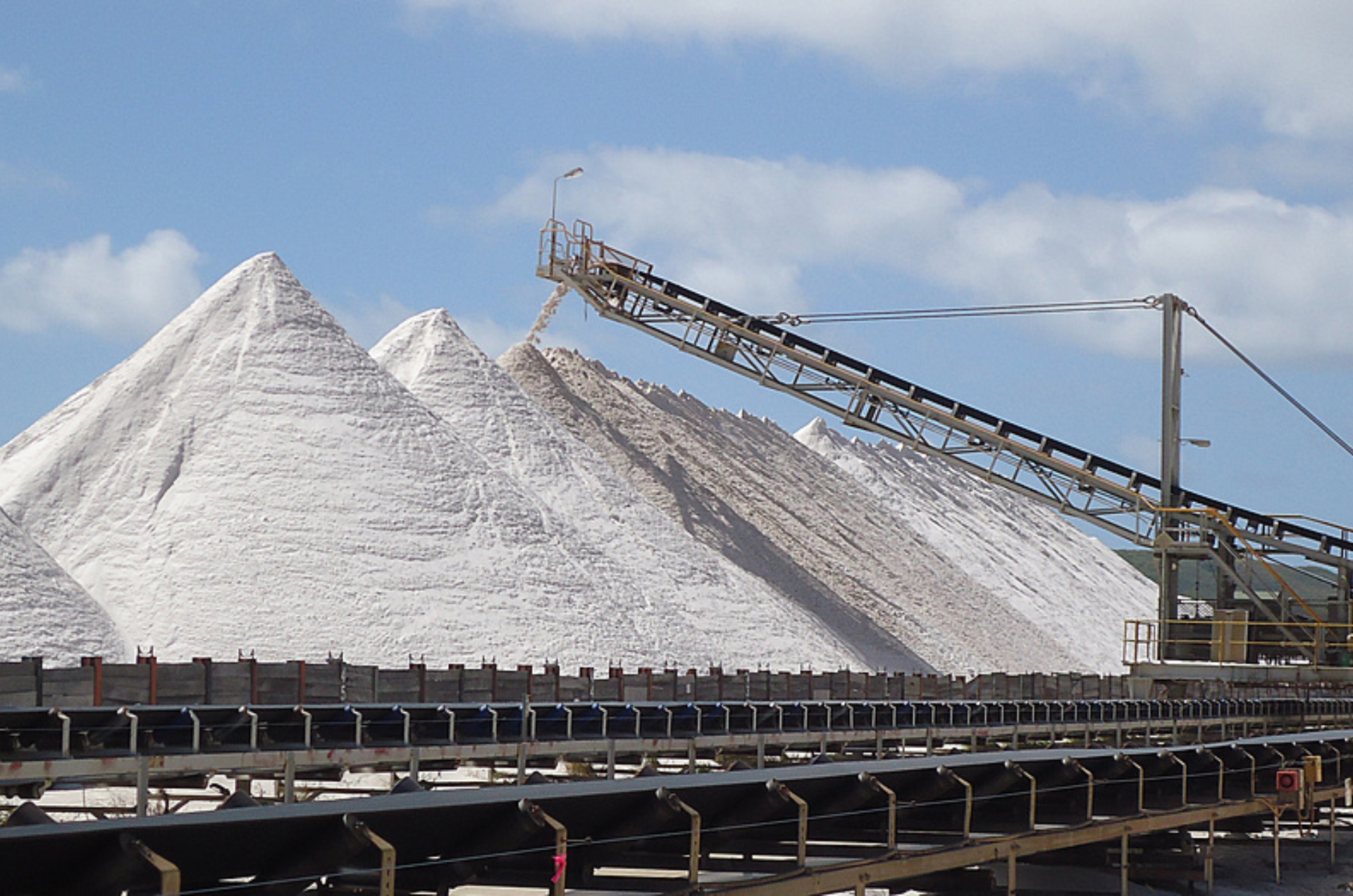
Wall Planning Group was proud to be engaged in the preparation of a Social Assessment and Analysis for Cape Flattery Silica Mines, located in Far North Queensland. The project contributes to Australia’s strong reputation as a global supplier of high-quality silica, which is essential in the production of glass and other industrial products. This opportunity extended WPG’s capabilities beyond our coal mining experience and into the emerging and evolving field of silica resource development. Cape Flattery Silica Mines initiated the assessment process in response to statutory requirements under the State Development and Public Works Organisation Act 1971 and the Environment Protection and Biodiversity Conservation Act 1999. The goal was to understand and address the social context surrounding the project as part of the Environmental Impact Statement (EIS) process. Scope of the Social Impact Assessment WPG’s scope involved evaluating the social landscape of the communities within the Hope Vale region, with a focus on the town of Hope Vale and surrounding remote dwellings. These small and predominantly Indigenous communities presented a unique and important cultural and social context for the project. Our responsibilities included: Gathering and analysing baseline demographic and community data. Conducting research to understand the social values, concerns, and expectations of the local population. Identifying both risks and opportunities associated with the project from a community perspective. Recommending practical mitigation strategies and community benefit initiatives Key Findings & Recommendations: The assessment revealed a number of social dynamics within the region, including the importance of respectful engagement with Indigenous communities, the need for culturally appropriate consultation, and opportunities for local employment and training. Recommendations from WPG focused on: Culturally respectful community engagement practices. Initiatives to enhance community wellbeing and economic participation. Risk mitigation strategies to manage any potential social disruption. Outcome & Value Delivered The Social Assessment and Analysis provided Cape Flattery Silica Mines with a well-informed understanding of the regional social context. This enabled the project to align more closely with community values and expectations, improving social license to operate and strengthening stakeholder relationships. This case study showcases WPG’s growing versatility across various mining sectors and reaffirms our commitment to socially responsible project planning—especially in remote, culturally rich areas of Queensland.
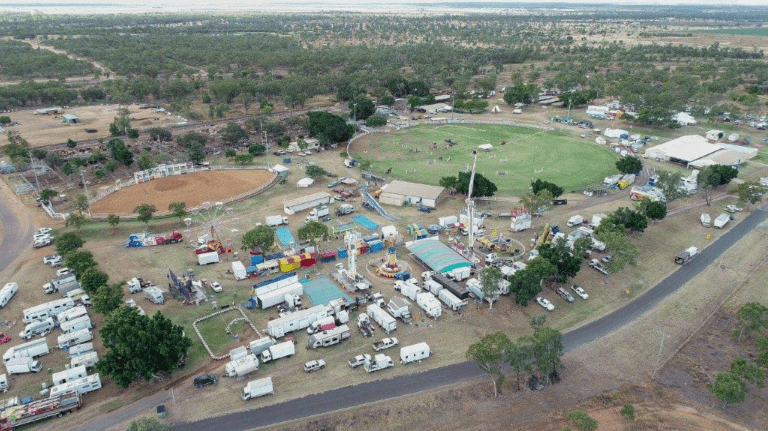
Wall Planning Group, in partnership with Isaac Regional Council, developed the Clermont Saleyards & Showgrounds Revitalisation Master Plan. The project was funded under the Queensland Government’s $1 million Jobs and Regional Growth Fund and aimed to provide a clear roadmap for the long-term improvement of the precinct. The site is home to the Isaac region’s iconic Clermont Show, one of Queensland’s oldest and most celebrated regional events, which marked its 150th anniversary in 2018. Recognising both the cultural and economic importance of the showgrounds, Isaac Regional Council and stakeholders were eager to future-proof the venue and ensure its ongoing support for the region’s strong beef industry and broader community. Scope of the Master Plan The Master Plan was developed through a collaborative process involving: Consultation with industry stakeholders and key user groups. Numerous community and stakeholder engagement workshops. A community-wide feedback survey to capture local priorities. Presentation of report recommendations to Council for adoption. Key Findings & Recommendations The engagement process identified a strong community desire to preserve the heritage of the Clermont Show while ensuring the precinct remains relevant, accessible, and fit-for-purpose for future generations. Recommendations included staged infrastructure improvements, facility upgrades, and strategies to support both traditional uses and emerging opportunities. Outcome & Impact The Clermont Showgrounds Revitalisation Master Plan represents a collective vision shaped by the Isaac community, Saleyards and Show Committees, and Council. The plan not only secures the future of an iconic regional event but also strengthens the role of the showgrounds as a community hub and driver of regional growth.
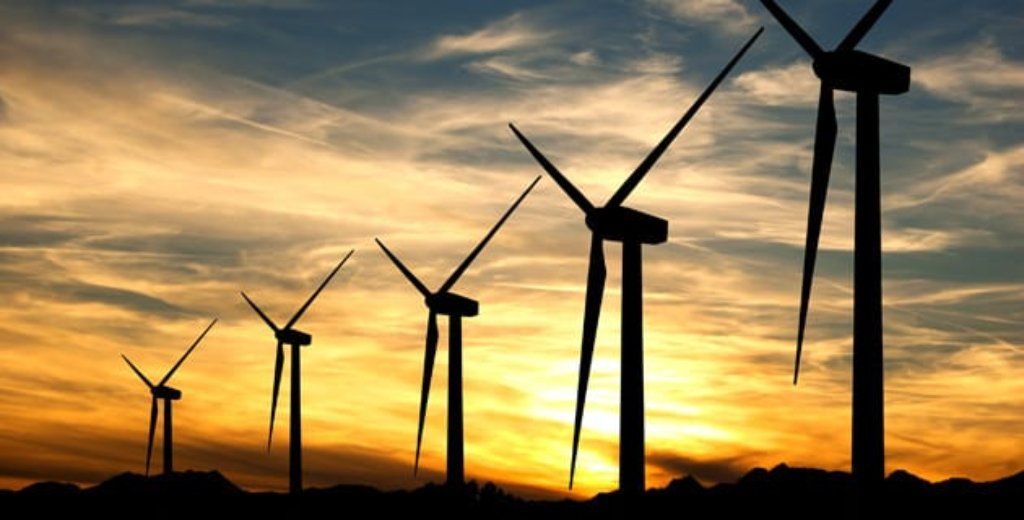
Wind farms play an increasingly vital role in Queensland’s transition to clean energy, delivering renewable power, creating jobs, and generating income for regional communities. When appropriately located, wind farms have minimal environmental impacts; however, community and environmental concerns must be carefully addressed to ensure long-term project success. Scope of Engagement & Environmental Support Wall Planning Group (WPG) has provided community consultation and stakeholder engagement services for a number of wind farm projects across Queensland, working with clients such as Ark Energy (formerly Epuron) and Macquarie’s Green Investment Group. Our role has included: Facilitating comprehensive stakeholder and community engagement. Tailoring environmental studies to meet project-specific needs. Identifying potential social and environmental risks early in the project lifecycle. Providing strategies to address community concerns and strengthen project outcomes. Key Findings & Recommendations Through transparent consultation and proactive engagement, WPG has supported project proponents in building trust with local communities and stakeholders. This approach has enabled projects to address issues before they escalate, reduce approval risks, and align development goals with community expectations. Outcome & Impact The success of Queensland’s wind farm projects demonstrates the importance of combining technical environmental expertise with genuine community engagement. WPG’s network, experience, and tailored approach have helped ensure that these renewable energy projects deliver both environmental benefits and positive social outcomes for regional Queensland.

